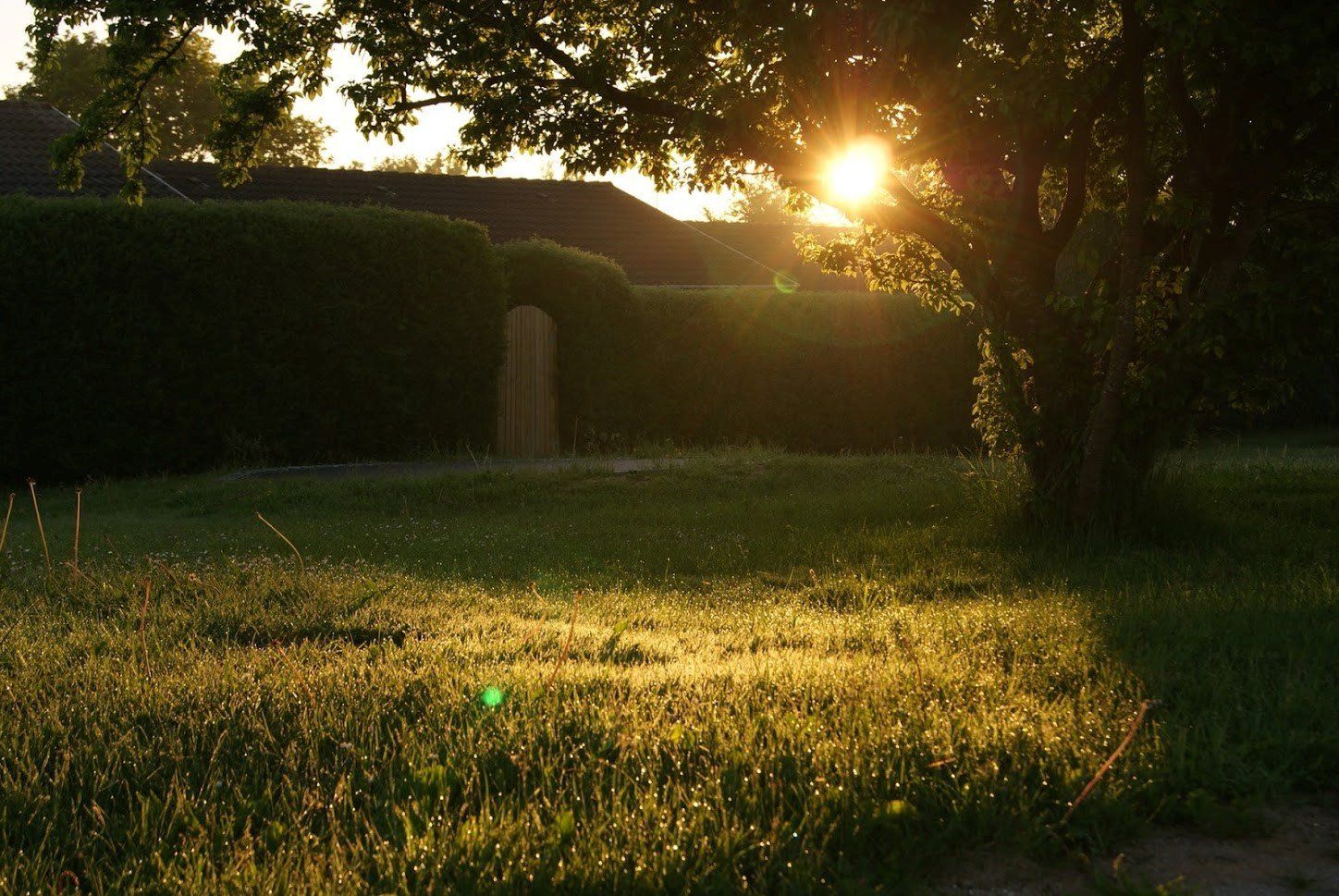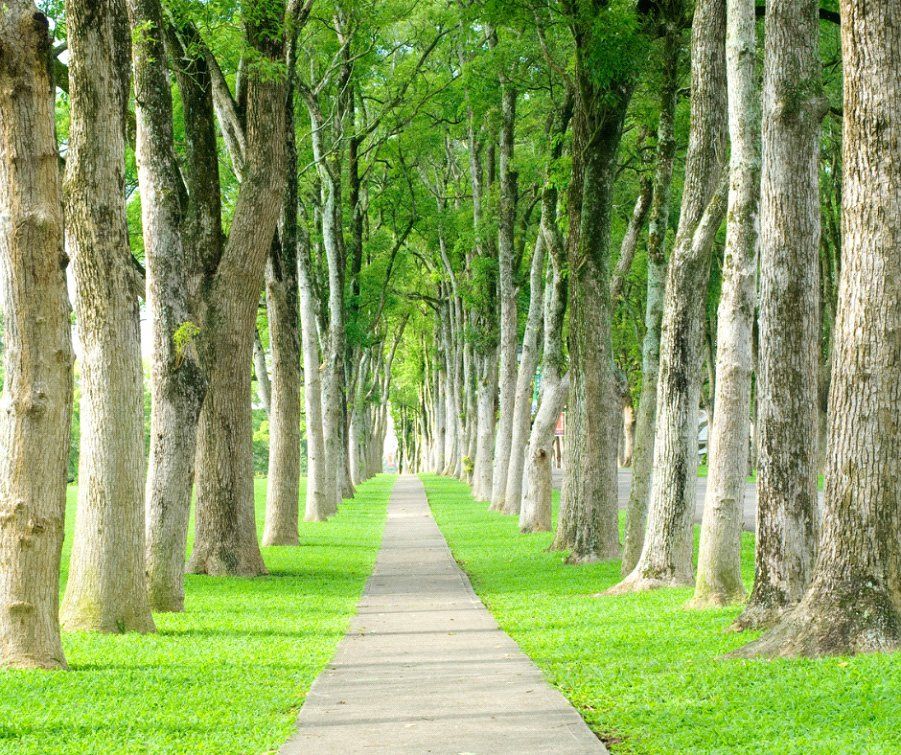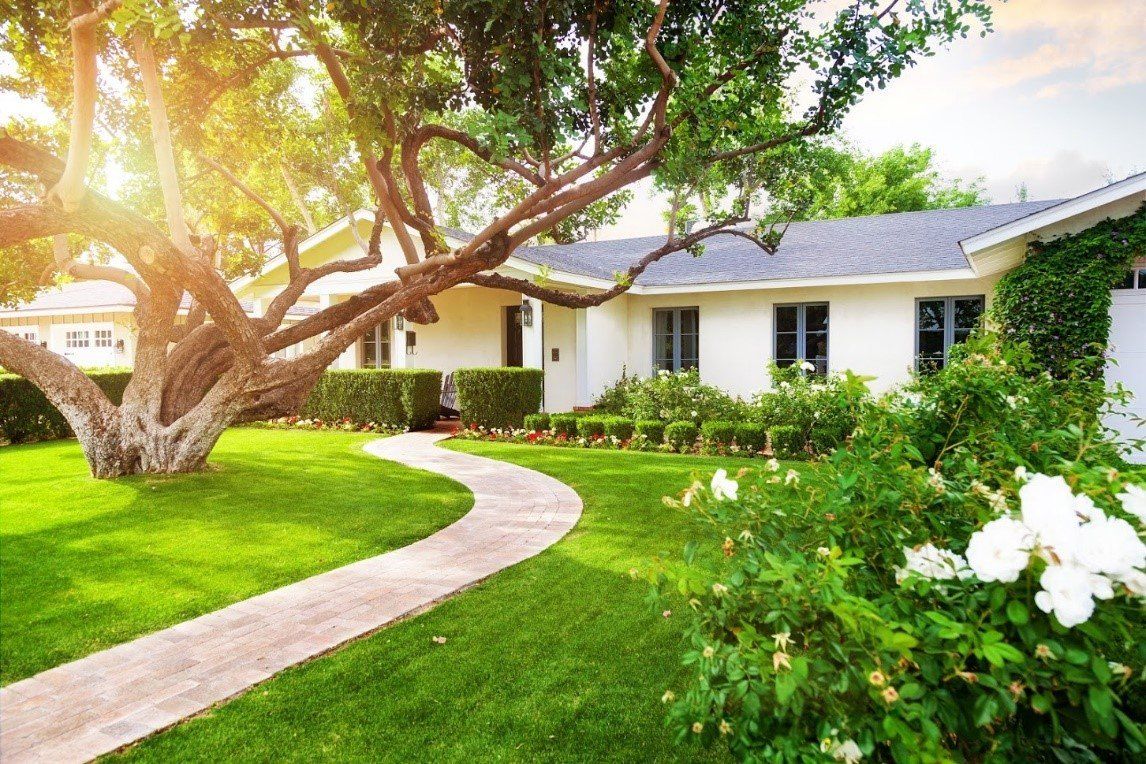Property Owner's Quick Guide to Carpenter Ants and Trees
Property owners sometimes see ants on dying trees and believe that the ants killed their trees. While you may see ants moving up and down a diseased tree, the ants are actually opportunists who take advantage of vulnerable trees. The usual tree-dwelling suspect in the ant family is the large carpenter ant. Here's what you should know about carpenter ants and your trees.
Carpenter Ants Chew but Don't Eat Wood
The worker carpenter ant grows to a length of 1/2 inch and is black in color. The carpenter ant chews and tunnels through wood, but carpenter ants don't eat wood as termites do.
The diet of carpenter ants is composed of:
- Dead and live insects
- Pet food
- Sugar and sweets
- Syrup
Carpenter ants also eat honeydew, which is a sticky sweet substance produced from tree and plant sap by other insects including aphids. The ants may even farm the aphids and other sap-sucking insects that create honeydew. Ants protect and relocate the honeydew-making insects to maintain a steady food source.
Carpenter Ants Seek Out Rotting Wood
The carpenter ant is drawn to rotting wood and weak spots in trees. A soft, decaying piece of lumber is easy for the ant to penetrate and begin tunneling through.
Carpenter ants enter trees via the following:
- Woodpecker holes
- Pruning wounds
- Damaged bark from animals and machines
- Spots with fungal decay
- Openings from tree borers and sap suckers
- Broken branches
- Termite damage
If any of the above issues creates an opening or softens a part of the tree bark, carpenter ants will take advantage of the easy entryway and may begin colonizing the tree. They excavate the wood to make a place for the queen to produce more offspring.
If you see carpenter ants moving up and down the trunk or going in and out of holes in the tree, suspect that a colony is present in the tree. Look for piles of coarse sawdust at the bottom of the tree or near the openings where ants enter and exit.
Carpenter Ants Can Invade Your Home
Carpenter ant colonies contain anywhere from 3,000 to 10,000 individual ants. Once a colony of carpenter ants is mature, it sends out young ants to create satellite colonies. That's when your home can become the new colony location.
Carpenter ants can invade your wood foundation and framing if the lumber is soft, wet, or rotting. Wet wood near a sink or tub is a common place for carpenter ants to excavate. While carpenter ants prefer wet or decayed wood, they will also tunnel through sound wood to create their breeding galleries.
Carpenter ants can attack wooden door and window frames, soffits, and any other wooden component of your home. The carpenter ant will also tunnel through foam insulation.
Carpenter-Ant Tree Damage Should Be Managed
You can prevent ants from entering your trees with sticky traps and barriers. However, this will only work if the tree has no access points from taller or adjacent trees. Never plug holes from ants and other insects.
If you suspect a tree is hosting a carpenter ant colony, call your tree service to inspect the tree. Application of tree-safe insecticides may help control an emerging carpenter-ant issue, and the tree can be saved.
Heavily ant-damaged oaks and other trees should be removed from your property. If ants have been able to deeply damage a large tree, that tree was already decaying due to other tree diseases or insect infestations.
Some trees can sustain carpenter-ant colonization and remain healthy. Your tree-service professional can assess your ant-colonized trees to determine if the trees will survive or become hazards.
If you're worried about ant infestation on your trees in Franklin, Tennessee , contact Kaily's Tree Service today. We inspect your trees and safely remove those that may fall on people or property.











